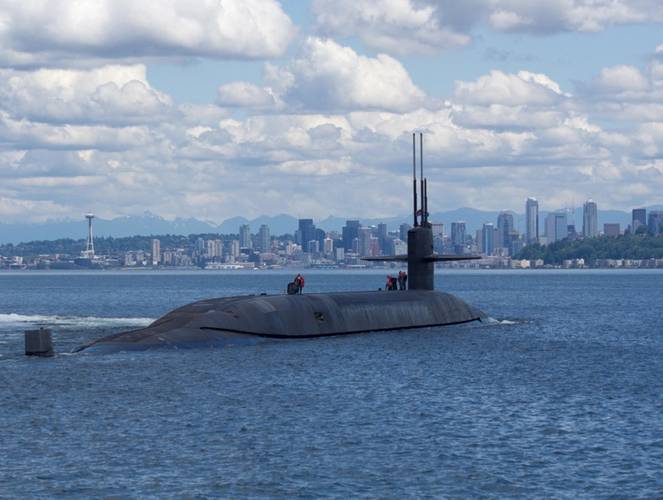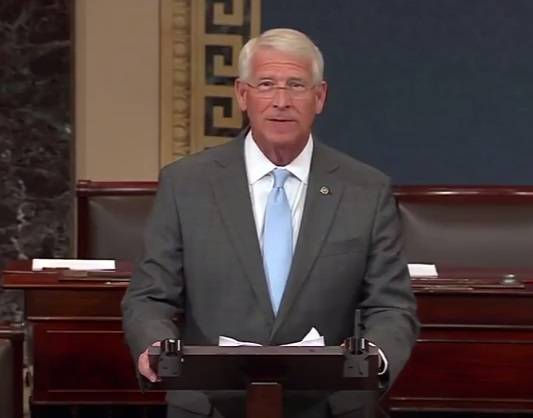U.S. Senator Roger Wicker (R-Miss.), Chairman of the Senate Seapower Subcommittee, delivered the first in a series of scheduled remarks aimed at making the case for growing the U.S. Navy fleet to 355 ships, a goal shared by President Trump.
Wicker’s speech focused primarily on shipbuilding and the capacity of the submarine industrial base to meet the Navy’s requirements.
“President Trump wants a 350-ship Navy, which aligns with the Navy’s requirement for 355 ships. Right now, we only have 275 ships in the battle fleet. Increasing the size of the Navy by 80 ships – even as older ships retire each year – is a test of national will. It will not happen overnight. However, Congress has the responsibility to lay a firm foundation this year to prepare for a deliberate and responsible build-up in the future. A healthy shipbuilding industrial base is necessary to succeed,” Wicker said.
Addressing submarines specifically, Wicker said, “In 2016, the Navy set a new requirement for 355 ships – that includes an increase of 47 ships from the previous level. For the Navy’s submarine fleet, the new plan calls for 66 attack submarines and 12 ballistic missile submarines. We currently have 52 attack submarines, a number that will actually decline by 11 ships over the next decade. We currently have 14 ballistic missile submarines as part of our nuclear deterrent. Twelve of these will be replaced by the new Columbia-class ballistic missile submarines beginning in 2021. To reiterate, we need 355 ships, a figure which includes 66 attack submarines and 12 ballistic missile submarines.”
“We must take decisive action now to make this a reality,” Wicker said. “Let me suggest four ways that Congress could help:
- “Repeal the defense budget caps. Sufficient and stable funding is the starting point for expanding submarine and shipbuilding capacity. The Budget Control Act-mandated budget caps have damaged military readiness and choked off modernization. While intended as way to incentivize Congress to reform mandatory programs, the BCA defense caps have proven to be a self-inflicted wound. We cannot solve our spending and debt problem on the backs of our warfighters and the industrial base. Congress needs to end the defense budget caps immediately and restore responsible defense budgeting.
- “Accelerate and fully fund Advance Procurement. This will help stimulate and encourage new entrants into the supplier base. We need more competition to break up the sole-source suppliers. Driving down the cost-per-ship will free up resources to buy more ships.
- “Incentivize capital investment. As I mentioned, industry proved decades ago that it can steadily deliver four submarines per year. We have done this before. We can do it again. Congress should work with industry to identify responsible and cost-effective ways to incentivize investments in facilities and capital equipment.
“Target some appropriations to fund process improvements. I mentioned earlier that Newport News and Electric Boat have shaved a year and half off Virginia production through more efficient manufacturing. Congressional appropriations have supported those efficiency efforts. Huntington Ingalls testified to my subcommittee that so-called Design for Affordability funding has generated a 5-to-1 return on investment.”
Watch Wicker deliver his full remarks
here.















